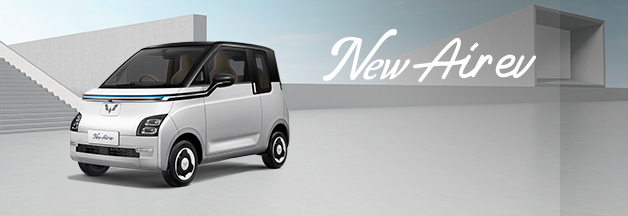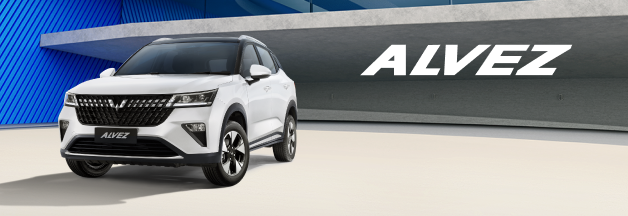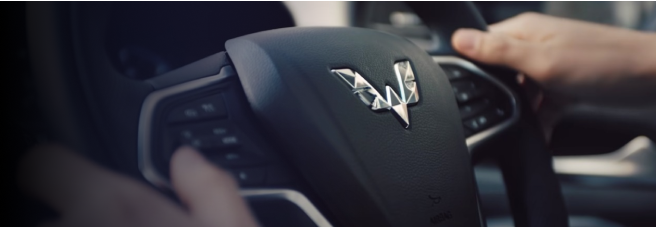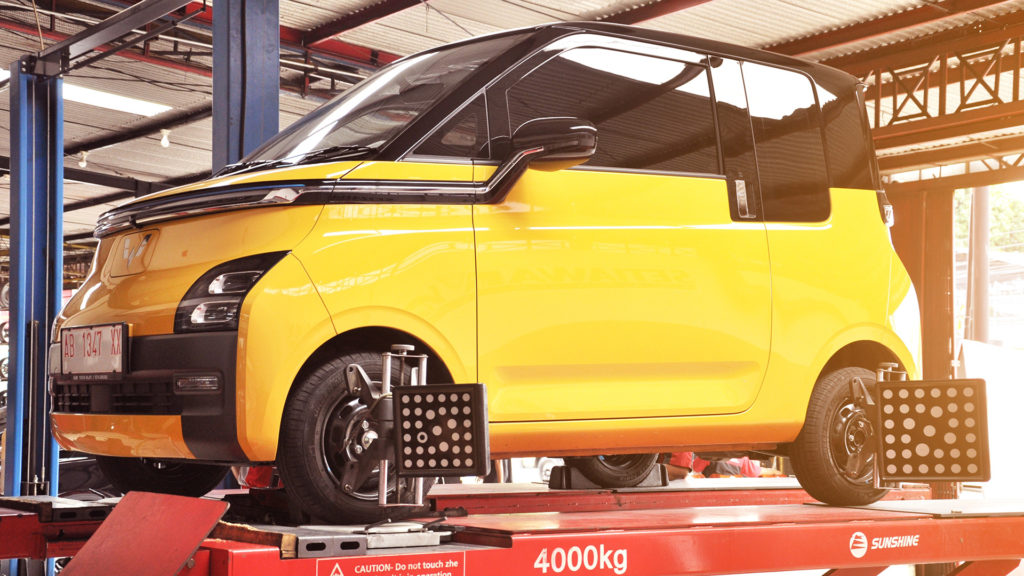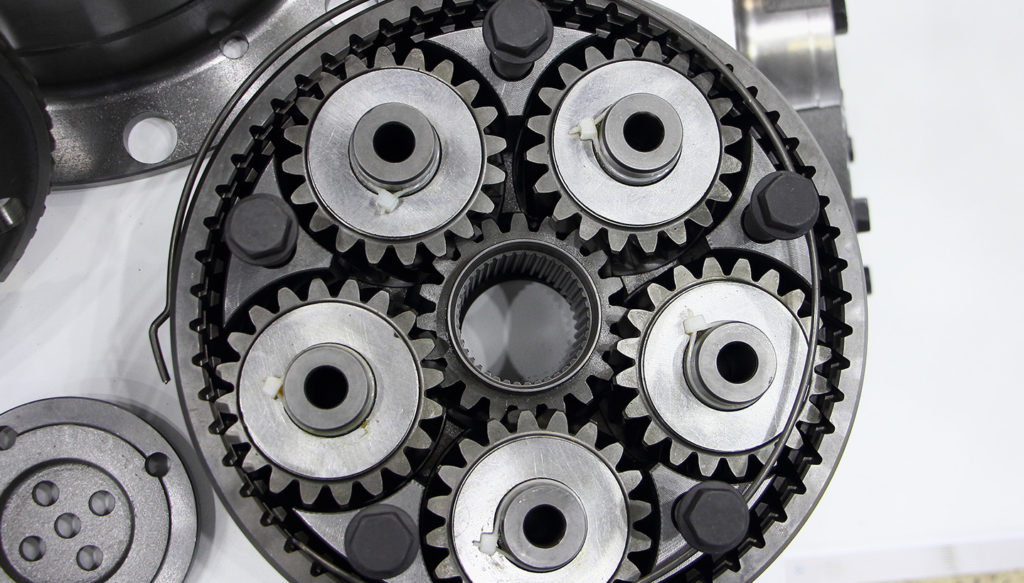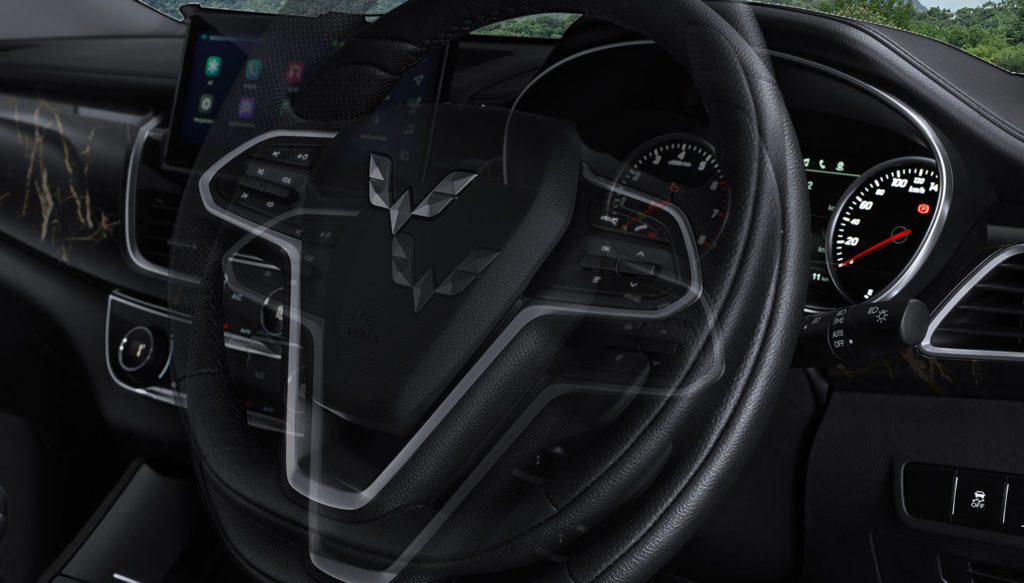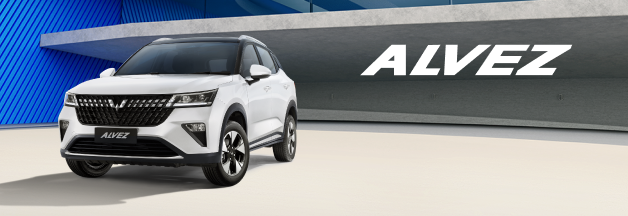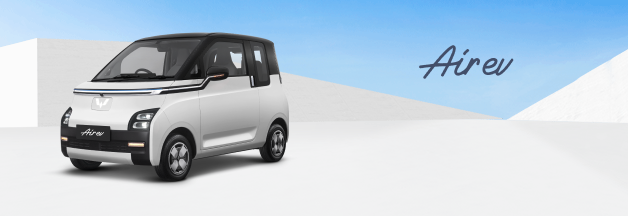
One part of the transmission system is the drive shaft, also known as the axle shaft, which allows the wheels to rotate. One end of the drive shaft is connected to the transmission system, and the other end is connected to the wheels.
Drive shafts are commonly found in cars with front-wheel drive systems, such as Front Engine Front Wheel Drive (FF), All Wheel Drive (AWD), or Four Wheel Drive. One of the important functions of the drive shaft is to replace the function of the propeller shaft. The drive shaft is a long metal tube that connects the transmission to different assemblies in the wheel drive system.
This important component of the car is made of steel or aluminum and is made in a way that is intended to withstand high torque and vibration. For more details about the drive shaft, starting from its function and components, let's see the review below:
What Is Drive Shaft?
In the car's wheel drive system, there are several components called "shafts." One of them is the drive shaft, which has almost the same function as the axle shaft, which is to transmit rotation to the wheels.
However, there is a difference between the drive shaft and the axle shaft. The drive shaft has a more flexible design due to changes in the rotation angle and has the ability to move forward and backward. In the drive shaft section, a component called a CV joint is connected to the wheels, and the other end is called a tripod point connected to the transmission.
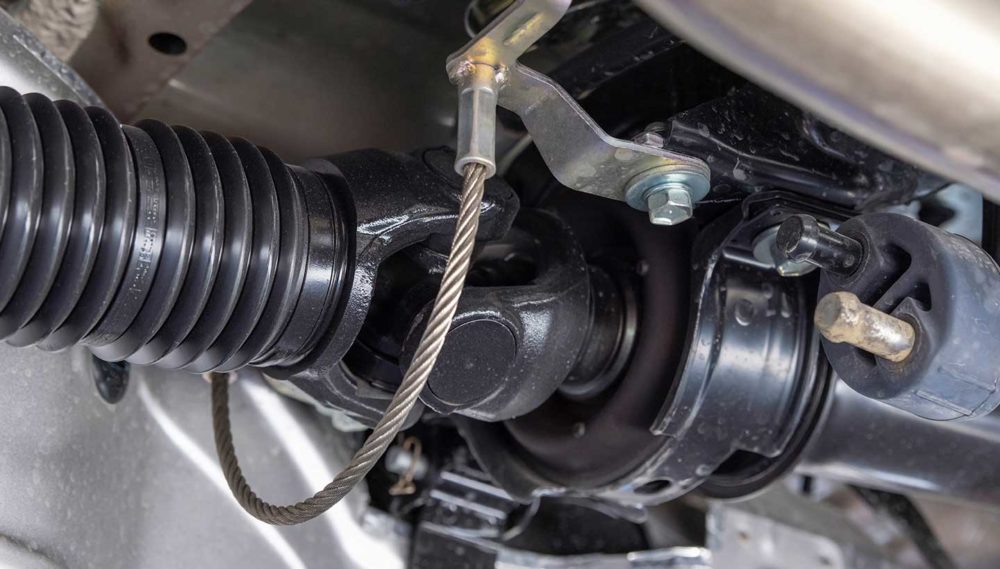
Functions of Drive Shaft
In general, there are three main functions of the drive shaft, namely:
-
Transmitting Power from the Transmission to the Wheels
One of the functions of the axle is to transmit power from the transmission to the wheels to produce wheel rotation. Because the drive shaft functions as a connection between the transmission and the wheels, the power generated by the transmission will be transmitted from the transmission to the wheels.
Baca Juga
Because the drive shaft must withstand strong rotational loads and shocks due to the weight of the vehicle, transmission shocks, and fast rotation, the material used must be strong.
Therefore, the drive shaft is generally made of strong iron rod material, and the ends are fitted with sturdy ball joints.
-
Making Wheels More Flexible
The function of the drive shaft is to provide flexibility to the wheels, allowing them to move at various turning angles. In addition, the CV joint component allows the wheels to move freely at a greater angle when the wheels turn or go up and down.
-
ABS Reluctor Mounted Location
On cars with ABS brake systems, the reluctor ring is placed on the drive shaft. The ABS sensor and the reluctor ring measure the rotational speed of the wheels simultaneously.
The reluctor ring is in the form of a serrated ring and functions as a signal input for the ABS sensor about the rotational speed of the wheels. Because the reluctor ring is installed on the drive shaft of a car with an ABS system, if the wheel is damaged, check whether the reluctor ring is there or not. Don't choose the wrong one.
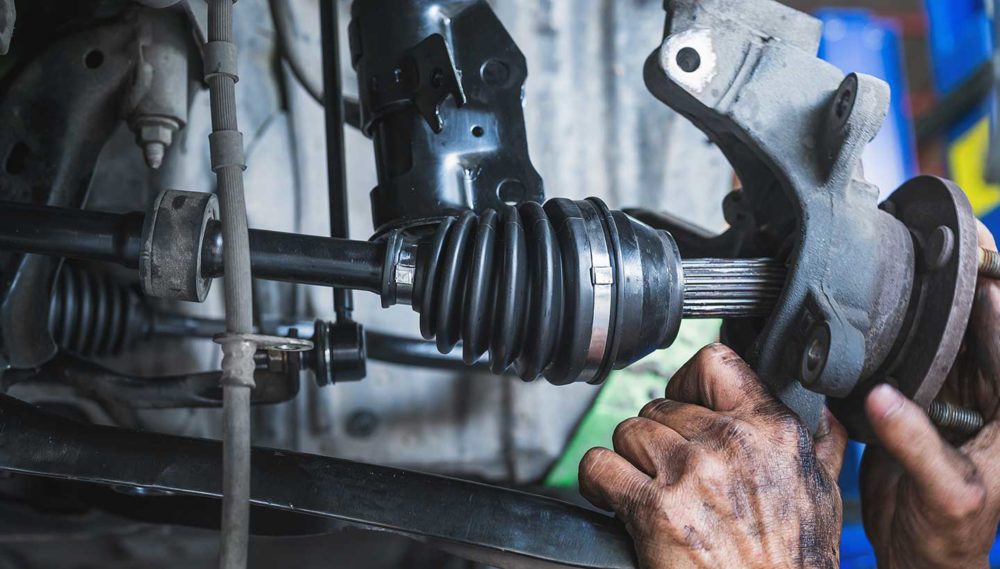
Drive Shaft Components and Their Functions
The drive shaft component consists of many components and their functions. Here are the components on the drive shaft:
-
Tripod Joint
The first component, the tripod joint, consists of three roller bearings that are one unit. This serves to ensure that the drive shaft can work smoothly to the right and left when the steering wheel is turned when the vehicle turns.
-
Tripod Housing or Inner Joint Housing
Baca Juga
This drive shaft component functions as a place or house for the tripod joint at the end of the shaft where there are teeth. This is also a part that is related to the transaxle.
-
CV Joint
This is the part of the drive shaft that functions to transmit rotation from the transmission to the drive wheels while maintaining the position of the wheels in various road surface conditions. To ensure that the CV joint operates properly, this component is connected to the wheel hub of the drive wheel and is given special lubricant.
The CV joint has a shaft on one side, which is connected to the transmission, and a sleeve on the other side, which is connected to the drive wheels with a lock nut as a connection.
-
Shaft
The drive shaft components are shafts. These fit into the tripod joint and connect to the transmission and CV joint.
-
Boot Drive Shaft
One part of the drive shaft, also known as the drive shaft bearing cover, is equipped to protect the bearing from external dirt, such as dust and water, and to keep the grease from leaking out.
This ensures that the drive shaft does not wear out or get damaged quickly and works well in situations where the vehicle turns or the road is uneven.
The drive shaft boot consists of two types: the outer side drive shaft boot, also known as the outer boot, and the inner drive shaft boot, also known as the inner boot. Both types of shafts are made of waterproof, heat-resistant, and highly flexible materials.
-
Sub Assy Shaft Bearing
This part is only used on cars or vehicles that have a longer drive shaft. Its function is to make the movement of the drive shaft smoother because of the inertia force generated by the drive shaft when rotating back, which is in the form of sound or vibration.
-
Seal Drive Shaft
This component functions to prevent transaxle oil leakage at the connection between the CV joint and transmission.
-
Damper
This component is mounted on the main shaft and is made of rubber and functions to dampen vibrations generated by the rotation of the drive shaft.
-
Pengunci Boot Drive Shaft
The drive shaft boot lock is the next component. It functions as a lock or retainer so that the drive shaft boot position remains in place.
Symptoms of a Damaged Drive Shaft
One of the symptoms of drive shaft damage, like other car components, is the sounds that appear when the car is used to drive, especially when passing through bumpy roads. Over time, changes in the angle of the CV joint can cause a sound that sounds like a soft "klotok-klotok" when the car turns.
The car makes an unusual sound when driving on a straight road, especially when the wheels rotate; it can be the result of a damaged bearing or even a tripod joint. Therefore, it is important to do regular service to check your car components.
After knowing the explanation about the drive shaft, starting from its function and symptoms of damage to its components, now you have knowledge about the vital components of the car. Make sure to always take good care of your vehicle so that there are no problems when traveling. Don't forget to do regular service at an official Wuling workshop so that the vehicle remains in prime condition.
SHARE:







